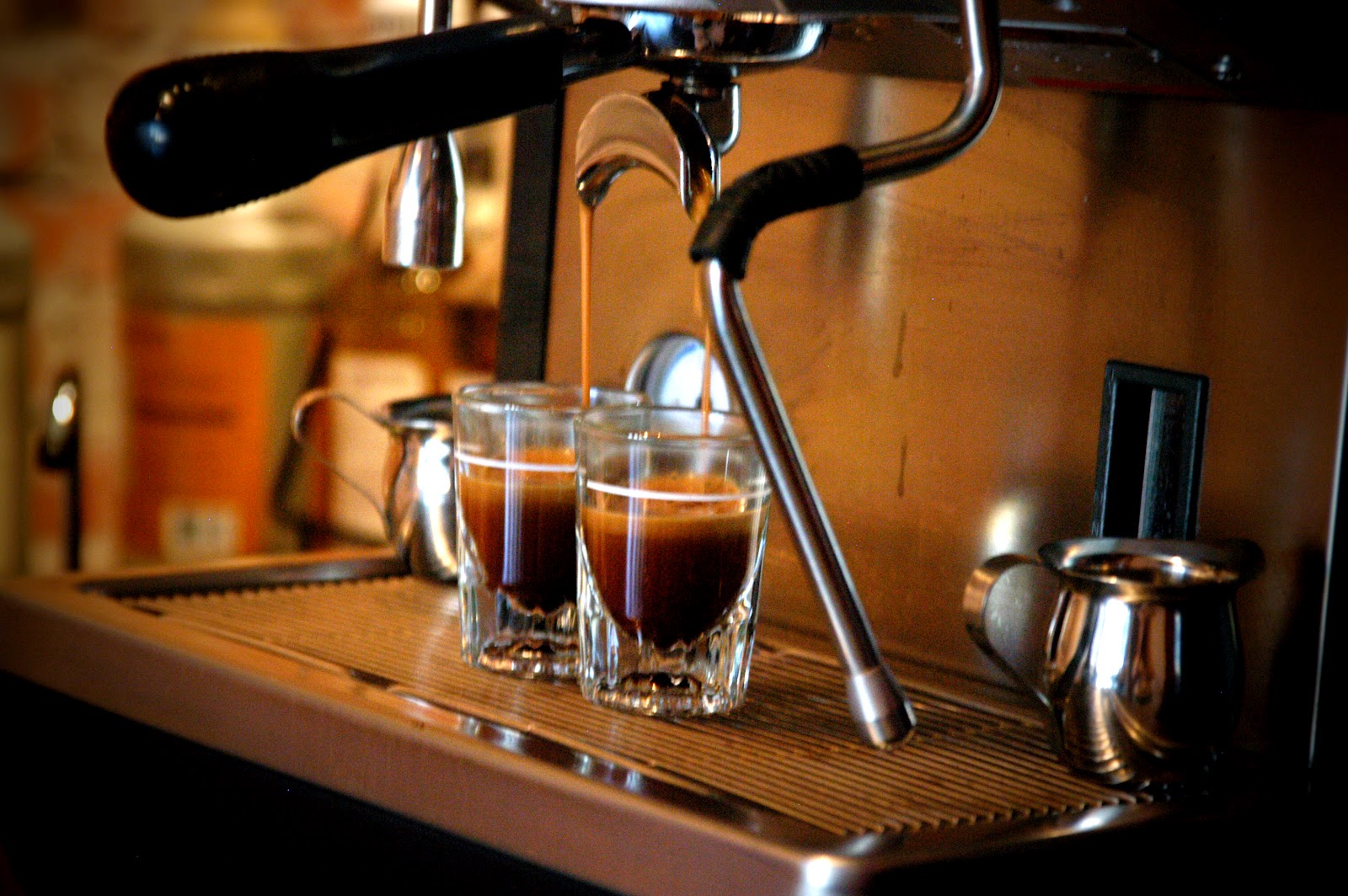
A few years back, I was in Megève, an absurdly pretty town in the French Alps, once the winter preserve of the St Tropez set (Saint-Trop’ l’été, Megève l’hiver, they say). It can’t still be the case if riff-raff like yours truly managed to find a way in (and I have never even been to St Tropez, in any season!)
That first night, it being my birthday (a distinct advantage of being a summer baby is that you’re often on holiday when your birthday comes round), I was treated to a meal at Le Flocon de Sel, a two Michelin star-restaurant (it now has three) where Emmanuel Renaut, meilleur ouvrier de France and chef extraordinaire, made that evening hard to forget by coming out of the kitchen to take our order (I had sweetbreads) in person and even a second time to shake our hands upon our leaving, replete and happy beyond words.
But it is another chance encounter that reminded me that Nigel Slater once wrote that the “the English are probably the world’s least subtle celebrity-spotters.” The following night, and in another of Megève’s finest establishments (I know, I know, but we were on holiday, after all…), I had to almost physically restrain my dining companion after we spotted the fabulous Maureen Lipman dining en famille at the next table. And the prize for not rubbernecking and not pestering? A gorgeous smile from the lady herself as she passed our table later that evening.
NE ME REGARDEZ PAS, JE SUIS CÉLÈBRE
Il y a quelques années, j’étais à Megève, une ville absurdement jolie dans les Alpes, à une époque la réserve de chasse des stars de Saint-Tropez (Saint-Trop’ l’été, Megève l’hiver, selon le dicton). Ça ne peut plus être le cas, puisque le moindre des mortels que je suis y est allé (et je n’ai même jamais visité Saint-Tropez, en n’importe quelle saison!)
Le premier soir, vu que c’était mon anniversaire (un avantage certain d’être un bébé d’été est que vous êtes souvent en vacances quand c’est votre anniversaire), on m’avait gâté avec un repas au Flocon de Sel, un restaurant avec deux étoiles Michelin (qui en a aujourd’hui trois), où Emmanuel Renault, meilleur ouvrier de France et chef extraordinaire a fait de cette soirée un évènement mémorable en sortant de sa cuisine pour prendre notre commande en personne (j’ai choisi des ris de veau), et encore une fois pour nous donner une poignée de main à notre depart, complets et heureux.
Mais c’est une autre rencontre fortuite qui m’a fait revenir en mémoire ce que Nigel Slater a un jour écrit: “les anglais sont certainement les chasseurs de célébrités les moins subtiles.” Le deuxième soir, et dans un autre établissement culinaire de Megève (je sais, je sais, mais on était en vacances après tout…), j’ai presque dû m’asseoir sur mon compagnon de table après qu’il a remarqué la fabuleuse Maureen Lipman, qui dînait en famille à la table d’à côté. Et notre récompense pour ne pas l’avoir ennuyée ou fixée? Un charmant sourire de cette grande dame à son passage près de notre table en fin de soirée.







